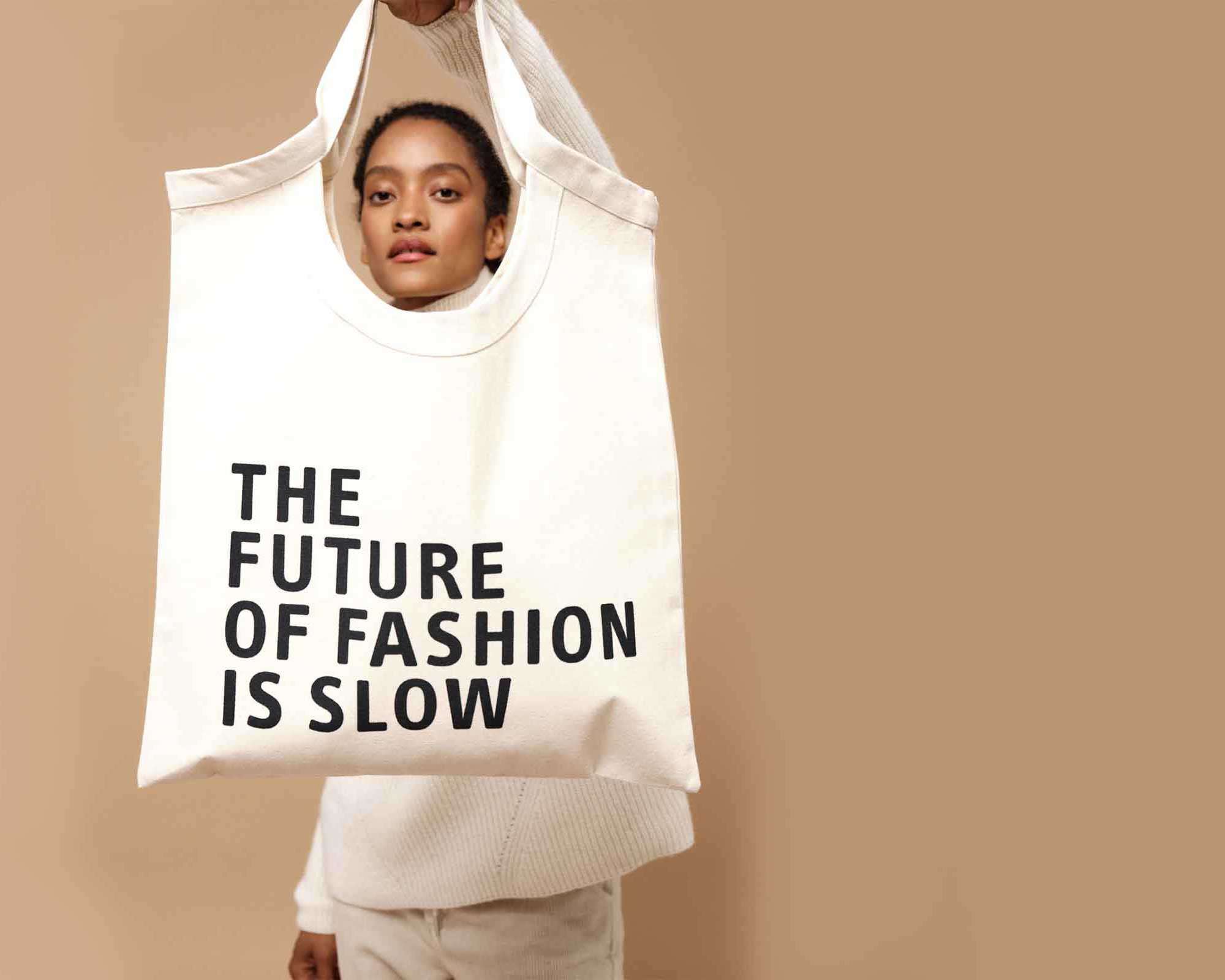
Fashion has long been driven by speed: seasonal drops, trend cycles that turn monthly, and brands pushing “new” every week. But as climate concerns rise and consumers grow more conscious, a different kind of style movement is emerging—slow fashion. This approach challenges the fast-paced model of mass production and overconsumption, favoring quality, ethics, and longevity over quantity. More than just a buzzword, slow fashion is shaping the future of what it means to dress well, and why it matters.
What Is Slow Fashion?
Slow fashion is a design, production, and consumption model that emphasizes:
- Sustainable materials
- Ethical production practices
- High-quality, durable garments
- Timeless design over trendy fads
- Mindful consumption habits
It’s the antithesis of fast fashion, which thrives on mass-producing cheap clothing at high environmental and social costs. Slow fashion focuses on fewer, better things—pieces you’ll love, care for, and rewear for years.
Why Fast Fashion Is No Longer Sustainable
The rise of fast fashion has led to serious consequences for both people and the planet. Consider this:
- The fashion industry produces over 92 million tons of textile waste per year.
- It accounts for nearly 10% of global carbon emissions—more than aviation and shipping combined.
- One garbage truck of clothing is burned or sent to landfill every second.
- Many fast fashion workers are underpaid, overworked, and face unsafe working conditions.
The more we chase low-cost, trendy clothes, the more we fuel exploitative labor practices and environmental damage. Fast fashion is not just unsustainable—it’s harmful.
The Key Pillars of Slow Fashion
To understand why slow fashion is gaining momentum, let’s explore its foundational values:
1. Quality Over Quantity
Slow fashion promotes investment in fewer, higher-quality garments that last longer. Instead of buying 10 cheap shirts that fall apart after a season, you choose 2 well-made ones that hold up for years. Think French seams, organic fabrics, and timeless tailoring.
2. Ethical Production
Slow fashion brands prioritize fair labor conditions, living wages, and safe work environments. Transparency is key—they often share information about their factories, sourcing, and supply chain. This accountability builds trust and ensures workers are treated humanely.
3. Sustainability
From organic cotton to recycled fibers and low-impact dyes, slow fashion brands focus on reducing their ecological footprint. Many even operate with circular business models—offering repair services, take-back programs, or resale platforms.
4. Timeless Design
Slow fashion rejects the endless chase for what's “in” right now. Instead, it focuses on classic silhouettes, versatile colors, and minimalist aesthetics that never go out of style. The goal is to buy clothes you'll still love five years from now.
5. Mindful Consumption
Slow fashion encourages consumers to shop with intention—asking “Do I need this? Will I wear it often? Is it made responsibly?” It’s about valuing what you already own and resisting the impulse to overconsume.
How to Embrace Slow Fashion in Your Life
You don’t need to overhaul your wardrobe overnight to support slow fashion. Small, intentional changes make a big difference:
1. Buy Less, Choose Well
Avoid impulsive purchases. Instead, take your time to find pieces that fit well, match your style, and will hold up over time.
2. Support Ethical Brands
Look for labels that are transparent about their production process and sustainability goals. Some slow fashion pioneers include:
- Everlane (radical transparency)
- Reformation (sustainable materials)
- People Tree (fair trade fashion)
- Eileen Fisher (circular fashion)
3. Shop Secondhand
Thrifting, consignment, and vintage shopping are great ways to extend the life of garments already in circulation. Platforms like Depop, ThredUp, and Poshmark make it easy.
4. Care for Your Clothes
Proper washing, storing, and occasional mending can drastically extend the life of your clothing. Follow garment care labels and avoid overwashing.
5. Learn to Repair and Rewear
Missing buttons, small tears, or worn hems are not reasons to toss clothing. Learning basic sewing or finding a good tailor can breathe new life into old favorites.
6. Curate a Capsule Wardrobe
Capsule wardrobes focus on a small selection of versatile, high-quality pieces that mix and match easily. This not only reduces waste but also simplifies getting dressed each day.
The Future of Fashion Is Slowing Down
Slow fashion isn’t just a trend—it’s a necessary response to a broken system. As more consumers demand transparency, sustainability, and ethical responsibility, brands are being forced to evolve. Major retailers are introducing eco-lines, resale programs, and sustainable sourcing practices—not because it’s trendy, but because the future depends on it.
Generation Z and Millennials are leading the charge, favoring value and values over sheer volume. Influencers and celebrities are repeating outfits proudly, and fashion weeks are becoming more eco-conscious. The shift is happening—and it’s long overdue.
Final Thoughts: Fashion with a Conscience
In a world overflowing with stuff, slow fashion invites us to be thoughtful, not mindless, about how we dress. It’s about recognizing the true cost of clothing—beyond the price tag—and choosing better for the planet, people, and ourselves. Fashion doesn’t have to be fast to be exciting. In fact, slowing down might just be the most stylish move of all.